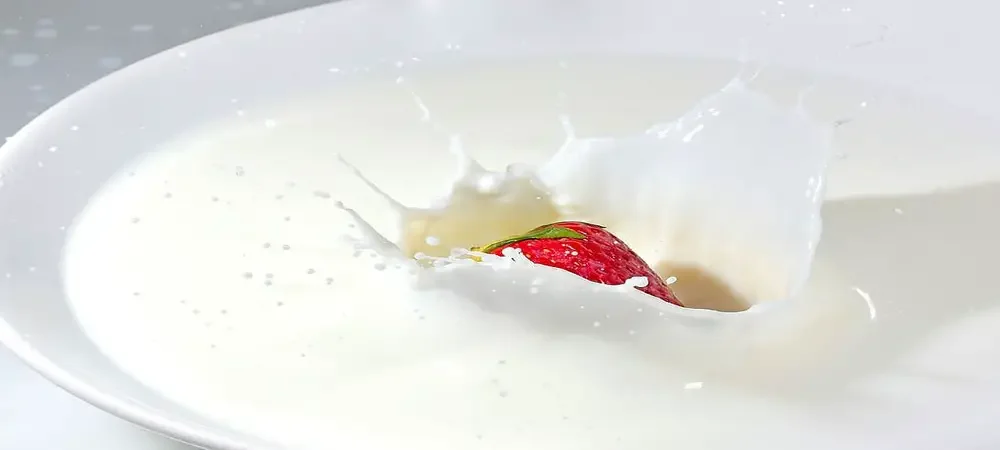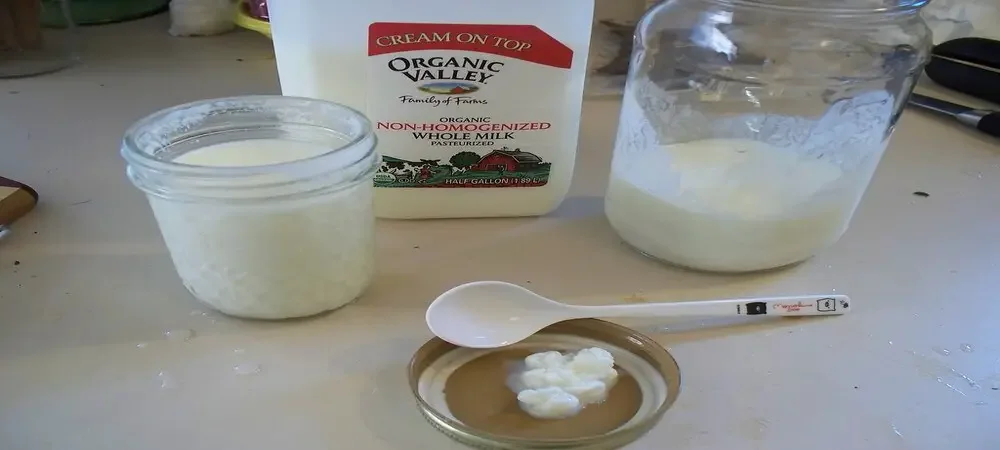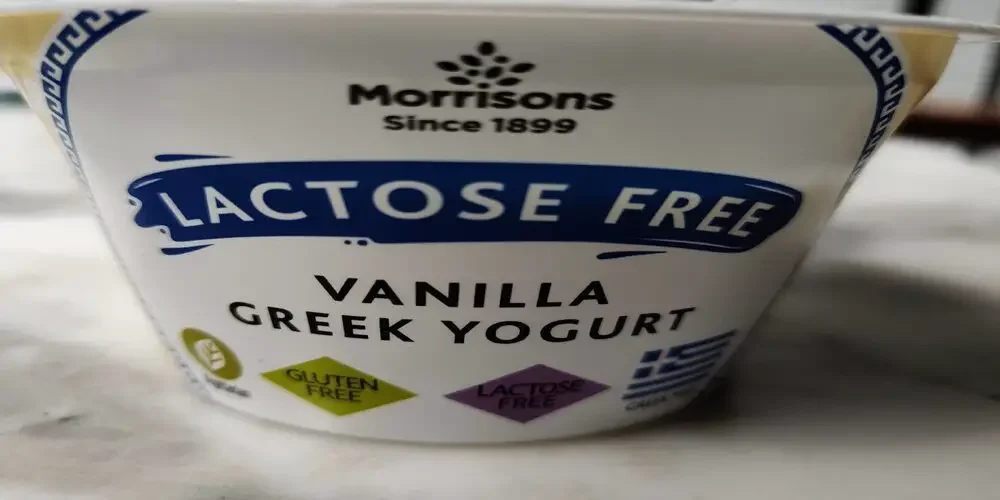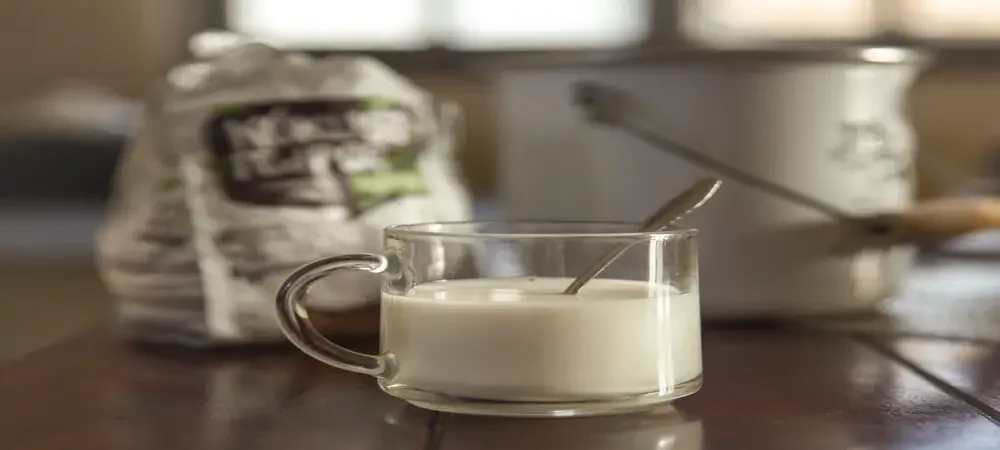There is probably no way to do that. For yogurt to form, the milk must be inoculated with a culture of live Lactobacillus acidophilus bacteria. Pasteurization kills all bacteria, so you can’t make yogurt from pasteurized milk without using bacterial cultures. So, you can use pasteurized milk to make yogurt but cannot make yogurt by solely using pasteurized milk.
You can make other cultured dairy products with pasteurized milk, though. For example, you could make kefir (a fermented drink), sour cream, or crème fraîche.
What is Pasteurized Milk?
Pasteurized milk is the product obtained by heating raw milk inadequately operated equipment to a given temperature for a definite time and then rapidly cooling it.
Related Posts:
- How to make Chocolate Frozen Milk?
- How to make buttermilk from Yogurt?
- How to make yogurt with a yogurt maker?
- How to Make Strawberry Banana Smoothie without Yogurt?
- How to Make Lactose-Free Yogurt?
- How to make Mango Smoothie Without Yogurt?
- How to Make Smoothie without Yogurt?
What are Other Effects of Pasteurization?
The process of pasteurization makes the dairy products shelf-stable: Glycerol, Vitamins A and D are added. Milk is homogenized, leading to the reduction in the size of the fat globules are to provide a more uniform product throughout the container.
What is Added to Pasteurized Milk to Make Yogurt?
The only way to make yogurt is with a commercial starter culture containing live and active cultures of Lactobacillus acidophilus. You can’t “grow” your own culture from pasteurized milk; it’s not possible.
How Do You Make Greek Yogurt From Pasteurized Milk?
You can’t. Greek yogurt is made by straining regular (non-Greek) yogurt to remove the whey proteins; this makes it thicker and creamier. It cannot be done with pasteurized milk as the starter cultures need those proteins to grow effectively.
What Kind of Milk is Used to Make Yogurt at Home?
Yogurt can be made out of any milk as long as it’s pasteurized first. The mixture will not turn into yogurt if there are pathogenic bacteria present in the milk. Pasteurization is the process of heat treating and rapidly cooling milk so that all pathogenic bacteria are killed.
Is Yogurt Pasteurized, and if so, What is the Process?
Yes, all commercially produced yogurt is pasteurized. The process typically involves heating the milk to a minimum of 161 degrees Fahrenheit for at least 30 minutes. After it is done, it is cooled rapidly to approximately 112 degrees Fahrenheit, then the starter culture is added.
Can I Make Yogurt From Raw Milk?

Yes. Pasteurized and raw milk are essentially the same as far as making yogurt is concerned. The starter culture produces lactic acid from lactose (milk sugar) which causes the milk to thicken up into yogurt. This process happens slowly, whether the milk is pasteurized or not, so it doesn’t make a difference.
Raw milk is not heated during pasteurization and thus may have some beneficial bacteria intact, which can produce yogurt just fine. Many people believe raw milk makes superior yogurt compared to milk that’s been heat-treated during pasteurization. A lot of people like the richer flavor of raw milk yogurt.
However, raw milk can contain pathogens that could give you food poisoning if the milk were to be unpasteurized, and even pasteurized milk may not form yogurt at all if it’s got no live cultures in it. Pasteurization doesn’t kill 100% of the bacteria present in milk.
It’s important to remember that even if the milk contains live lactic acid bacteria, it needs to be present in sufficient quantity before producing enough acidic conditions to make yogurt.
Why Can’t You Make Yogurt Using Ultra-Pasteurized Milk?
As ultra-pasteurized milk is treated at a high temperature of 275°F or higher for about one second, it becomes unsuitable for culturing. only pasteurized milk can yield good results from culturing. When it comes to using pasteurized milk, experts recommend using it similarly to regular milk. Boil it down up to 180°F and then cool down to fermentate with a yogurt starter. Heating the milk not only kills the bacteria but also delivers a rich yogurt.
Which Type of Milk is Better for Yogurt – Raw Milk or Pasteurized Milk?
Even though yogurt made from pasteurized milk is less likely to contain harmful bacteria than a raw milk product, I’d still recommend choosing one of the other cultured dairy condiments (kefir, crème fraîche, etc.). Even if you go for an unpasteurized variety, they are all better than plain pasteurized milk.
Can I use Milk From a Dairy Farm to Make Yogurt?
Yogurt manufacturers typically buy starter cultures from dairy microbiologists and have them shipped to their processing plants along with the pasteurized milk they’ll use to make yogurt. They don’t want customers to get their own starter cultures and make yogurt in their kitchens because they wouldn’t be able to control how strong or weak the resulting yogurt would be.
Customers who make their yogurt end up with homemade yogurt that’s inconsistent and often runny. They could also introduce foodborne pathogens if they don’t observe proper sanitation procedures.
Can I Use Powdered Milk to Make Yogurt?
No. Powdered milk contains no live bacteria whatsoever, so it cannot produce lactic acid or thicken up into yogurt.
Can I use Sweetened Condensed Milk to Make Yogurt?
No, you cannot make yogurt from sweetened condensed milk either because it contains gelatin. It makes it impossible for the bacteria to form a firm gel matrix around themselves and rise in the container. You’ll end up with a thin liquid that may or may not coagulate during incubation.
Can I Use Goat’s Milk to Make Yogurt?
Yes, you can make yogurt with pasteurized or raw goat’s milk as long as it is abundant in lactose. Goat’s milk contains about 5% less lactose than cow’s milk does, so the bacteria will have to work a bit harder and ferment more of the milk sugar to produce enough acidic conditions to rise into yogurt.











